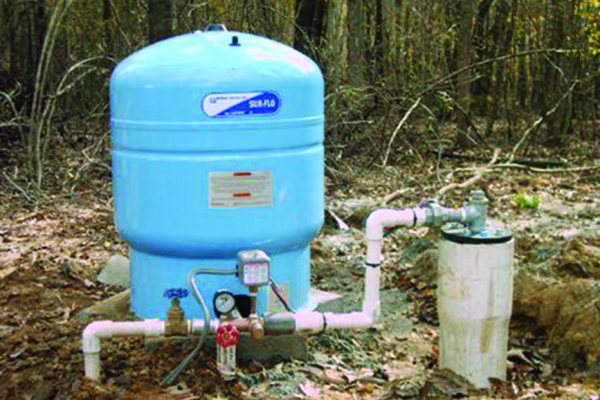
With the plethora of pumps on the market, installers and customers must understand the different technologies and the type of water feature they are trying to create.
Choosing the best pump does not come down to price alone. Better pumps and using two pumps can save hundreds and even thousands of dollars over the warranty and life of a pump.
It is crucial dealers and end users understand the different technologies in order to make the correct purchasing decision.
For flow rates under 1300gph, better quality synchronous pump technologies, like the Syncra line, are, without question, the most economical and best choice. But for flow rates up to 10 000gph, installers must consider many factors and technologies.
Head pressure
When designing a system, no one should consider pumps choices without an understanding of head pressure and plumbing friction. Plumbing size, distance, elevation the pump must push, plumbing fittings, and valves all add friction to a system and, in fact, to the total dynamic head pressure or TDH.
Increasing plumbing size provides less restriction and TDH on pumps and provides room to expand pumps. In systems with multiple pumps, more than one line should be used or a larger pipe size to get maximum flow.
Types of pumps
- Chamisa under fire over US$120K donation
- Mavhunga puts DeMbare into Chibuku quarterfinals
- Pension funds bet on Cabora Bassa oilfields
- Councils defy govt fire tender directive
Keep Reading
Direct drive vs Magnetic drive pumps
In the early days of pond building, direct drive submersible pumps, which were derived from sewage (effluent pumps), were chosen. There were not many choices and they provided high pressure along with non-clogging benefits. On these pumps, the impeller is attached directly to the motor.
Although they provide high head pressures, they are not energy efficient and they will cost large amounts of electrical dollars to run. These types of pumps are not needed unless a system design calls for pumping heights 12 feet or large debris handling over 1/2”. Even in this case, many external direct drive pumps are much more energy efficient and better choices. Some are now coming with “Diamond Seals” which are the best choices for longer life.
Direct drive pumps have impellers attached directly to motors via seals, often two or three. These pumps use added energy to overcome the resistance of the shaft seals which are clamped down tightly on the spinning impeller and shaft.
In addition, they have a heavy impeller and shaft that requires torque and the power of a heavy motor to operate.
Better magnetic drive pumps are more energy efficient to operate but many cannot handle large debris, and, because of the impeller style, usually have lower max head pressure. Within this category there are Synchronous, Asynchronous, Hybrid, and the all new Electronic Synchronous Hybrid design.
Hybrid pumps use direct drive style impellers with magnetic induction motors. They are more efficient at low to medium head heights, but consume less electricity.
— sicceus.com











